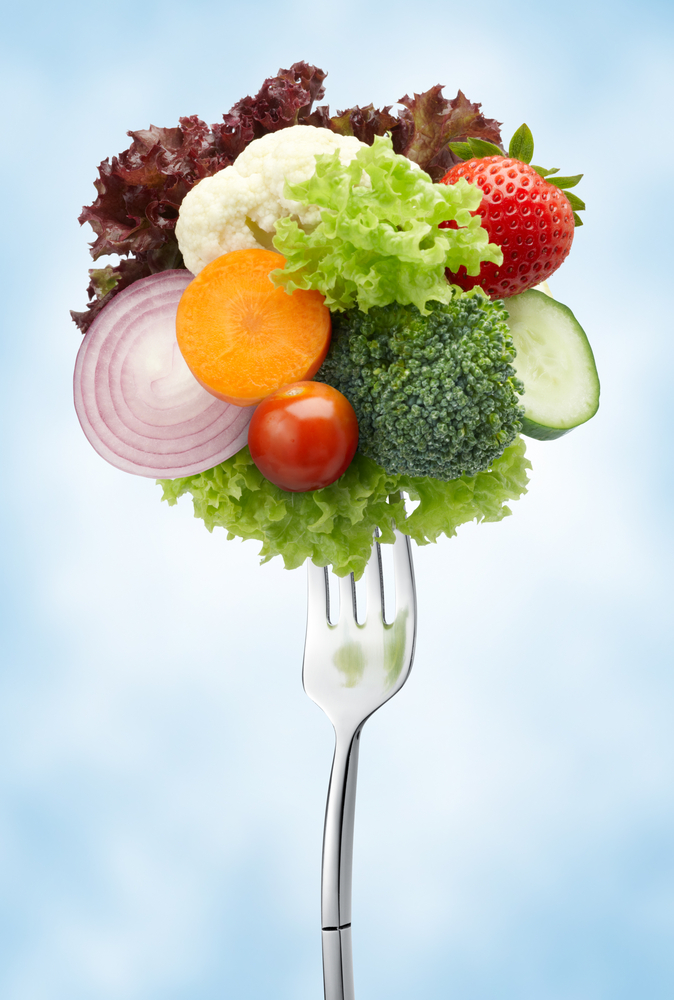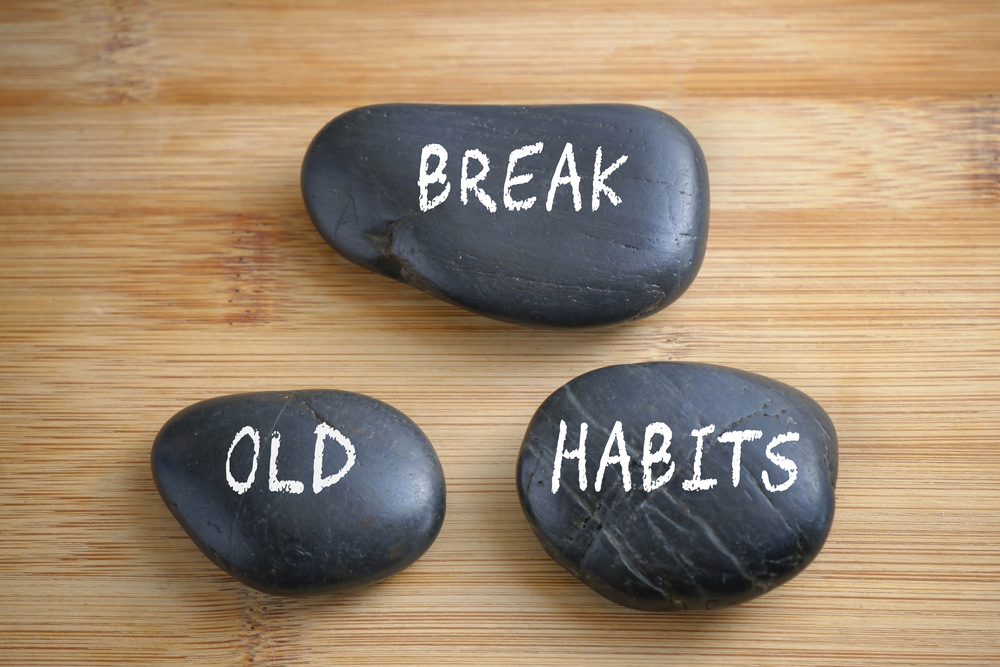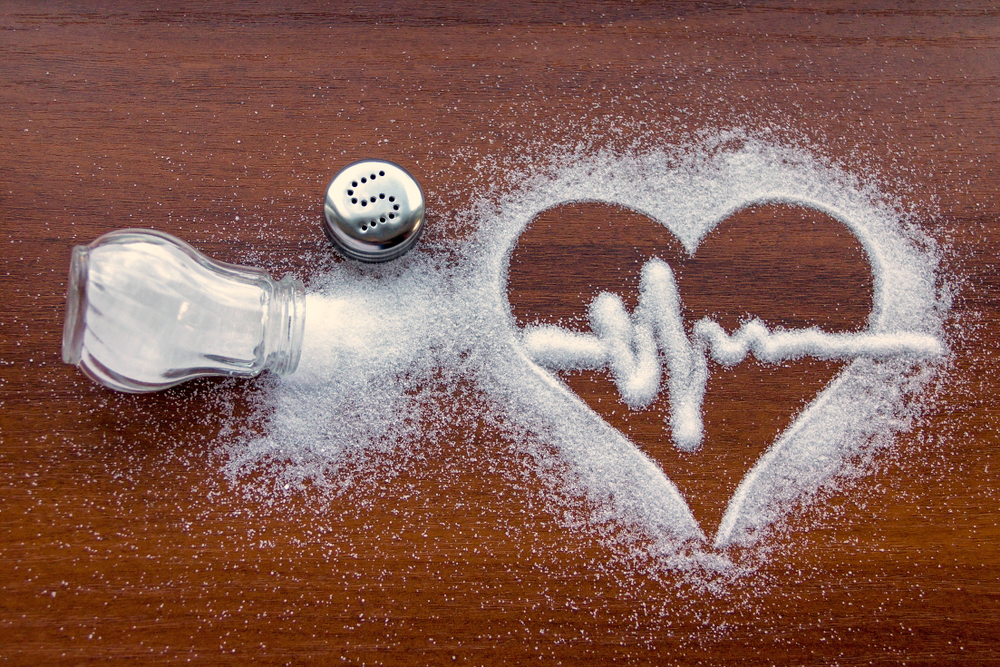Hypertension can be defined as a blood pressure of 140/90 mmHg or higher, however the risk of CVD starts at a systolic blood pressure of around 115mmHg.
Raised blood pressure is the major cause of the development of cardiovascular disease and is the biggest cause of death in the world through the strokes and heart attacks it causes. Approximately one in four adults in the UK have high blood pressure with many more that are unaware they have the condition.
Who is most at risk of high blood pressure?
Anyone is at risk of a high blood pressure, as blood pressure starts to increase from childhood.
People with a high salt diet, overweight, pregnant women and people of black African descent are particularly susceptible to high blood pressure. High blood pressure is an important risk factor for a range of conditions such as stroke, kidney disease, heart disease, vascular dementia, diabetes and mobility problems.
Risk factor: SALT
People who already have these conditions may find a reduced salt diet beneficial in the long run. While some evidence suggests that obesity coupled with a lack of exercise is an important factor involved in the development of high blood pressure, stronger evidence indicates that salt intake is more strongly related to the development of hypertension, particularly the rise in blood pressure with age. A high salt diet disrupts the natural sodium balance in the body. This causes fluid retention which increases the pressure exerted by the blood against blood vessel walls (high blood pressure).
How does Salt Reduction reduce incidence of deaths?
According to Action on Salt, for every one gram of salt cut from the average daily intake:
- 6,000 fewer deaths from strokes and heart attacks each year in the UK.
- Reduction in salt intake from 10g a day to 6g will reduce blood pressure and could lead to a 16% reduction in deaths from strokes and a 12% reduction in deaths from coronary heart disease.
Thus, preventing approximately 19,000 stroke and heart attack deaths in the UK each year and 2.6 million each year worldwide. Reducing salt is one of the quickest ways to reduce your blood pressure, particularly if you already have high blood pressure.
Current salt intake & dietary advice
Almost everyone in the UK (and the rest of the Western world) eats too much salt. The daily recommended amount in the UK is no more than 6 grams a day; The current average salt intake is around 8g salt a day although many people are eating more than this. People with or considered at risk of high blood pressure should take extra care to ensure that they keep their salt intake below the recommended maximum of 6g. This can be achieved by simple changes, such as consuming less processed foods and checking traffic light labels before purchase.
Did you know?
A bowl of bran flakes contains 0.9g of salt about the same as a 50g bag of salted peanuts and three digestive biscuits contain 0.6g. Read the labels on packet foods and review the front of pack traffic light. You will be surprised how much salt you find in foods like instant hot chocolate, pasta sauces, gravy granules and many more everyday items. You can start to understand why so many people consume above the 6g daily recommendation.
Waist reduction & hypertension
Blood pressure can also rise with body weight, so losing weight is one another way to improve blood pressure According to the national guidelines and recent research, losing weight can lower both systolic and diastolic blood pressure — and potentially eliminate high blood pressure. For every 20 pounds you lose, you can drop systolic pressure 5-20 points. If you are overweight, losing weight will lower your blood pressure (& associated health risks) because your heart doesn’t have to work so hard to pump the blood around your body.
Your waist circumference
A waist circumference of 94cm (37in) or more in men, and 80cm (31.5in) in women is linked to a higher risk of health problems. Simply use a tape measure to measure around the narrowest part of your waste, just above your tummy button.
Keep an eye on your portion sizes
Portions sizes have grown over the years – along with our waistlines – so what seems like a normal or healthy amount could be more than you need.
To control your portions:
- Weigh your pasta and rice and stick to the serving sizes on the packet
- Use smaller bowls and plates, which makes your meal appear bigger
- Fill your plate up with vegetables and a side salad so your plate is fuller, with very few extra calories.
- Take your time over a meal, eat slowly and enjoy it – you’re more likely to recognise when you’ve had enough and stop before you feel uncomfortably full
- Avoid eating in front of the TV as it makes you less conscious of what and how much you’re eating.
Eat More Fibre!

Most of us don’t eat enough fibre. High fibre foods take longer to digest than sugary or refined foods so you will feel fuller for longer.
To eat more fibre:
- Swap sugary breakfast cereals for unsweetened muesli or porridge – they’re delicious with fruit and yoghurt
- Swap white bread and pasta for whole meal versions
- Have two portions of veg on your plate at lunch and dinner
- Add pulses – lentils, beans and peas – to your soups and casseroles
- Snack on fruit and vegetables instead of high-calorie snacks, like crisps and chocolate.
Make small changes you can stick to!

Make small changes to what you eat and how active you are so that you can keep them going for life. It’s more about changing your lifestyle for the long term than going on a diet. There are lots of fad and extreme diets that cut out meals or specific foods groups. While you may see quick results, it’s really hard to follow restrictive diets in the long-term. Once you go back to eating normally, the weight will creep back on. Making small changes over time will be easier to stick to and work better in the long run.
Key Points
- Hypertension can be defined as a blood pressure of 140/90 mmHg or higher, however the risk of CVD starts at a systolic blood pressure of around 115mmHg.
- Raised blood pressure is the major cause of the development of cardiovascular disease and is the biggest cause of death in the world.
- People with a high salt diet, overweight, pregnant women and people of black African descent are particularly susceptible to high blood pressure.
- For every one gram of salt cut from the average daily intake: 6,000 fewer deaths from strokes and heart attacks each year in the UK.
- For every 20 pounds you lose, you can drop systolic pressure 5-20 points.
- Make small changes to what you eat and how active you are so that you can keep them going for life. It’s more about changing your lifestyle for the long term than going on a diet.
Thank you for reading. Consult a health professional before making any changes to the way you eat. Guided advice is a much safer and successful option.
Thank you for reading
Fiona Waring
Dip Nut, BSc.(Hons), MSc PHN, ANutr
Nutritional Therapist
M: +44 07957 267 964
eatyourgreens@fionawaring.com
‘Registered with the Association for Nutrition – www.associationfornutrition.org
Protecting the public and promoting high standards in evidence-based science and professional practice of nutrition.’
